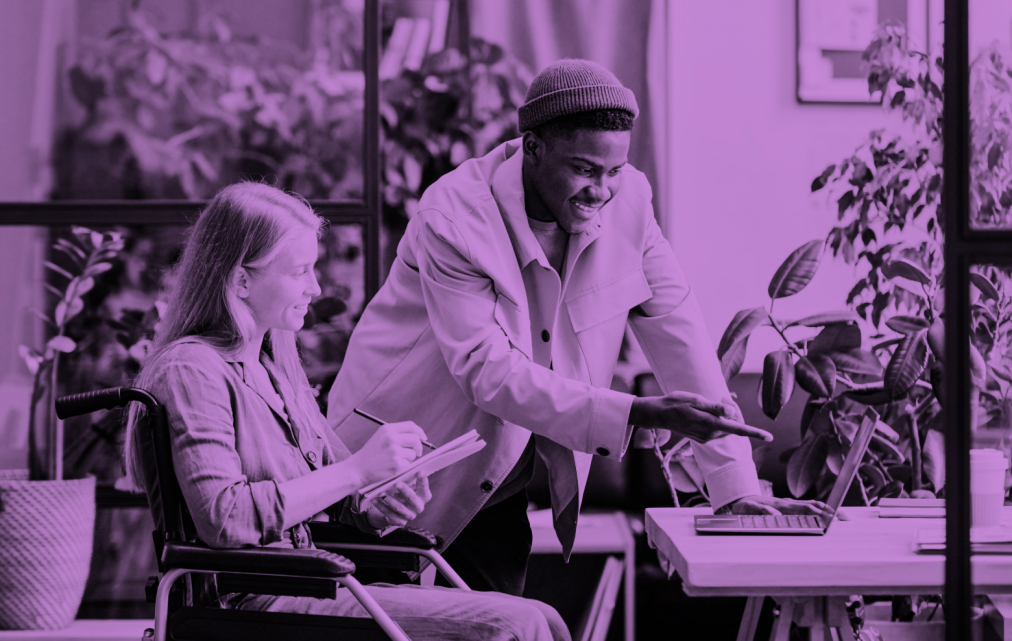Using B Corp to Inform Your Sustainability Strategy

Whether or not you’re interested in B Corp certification, the B Impact Assessment (or ‘BIA’, the comprehensive rubric behind the globally admired certification) is an excellent tool for assessing the sustainability of your business model and operations, and can illuminate opportunities to improve your impact and implement high standards of performance.
Sustainability is a state of living that aligns with planetary limits and social tipping points
